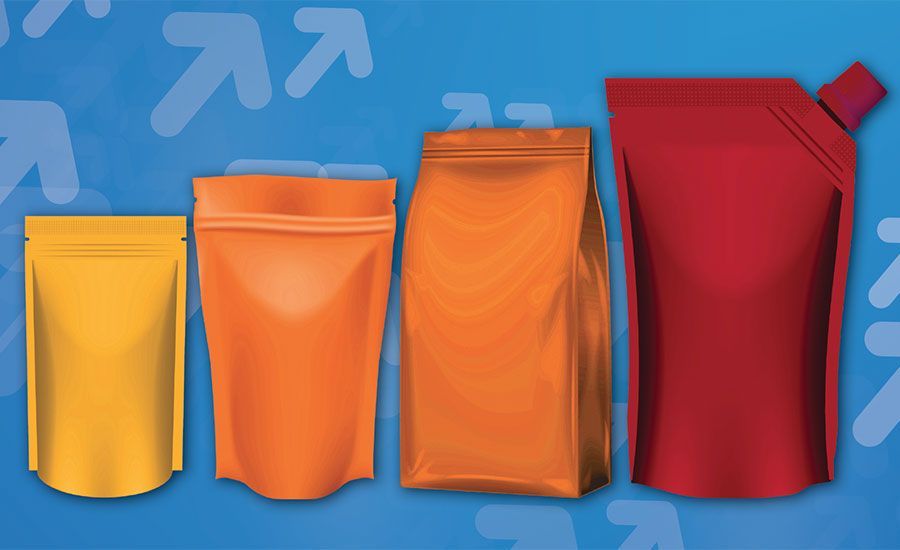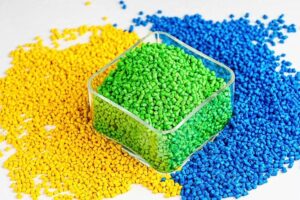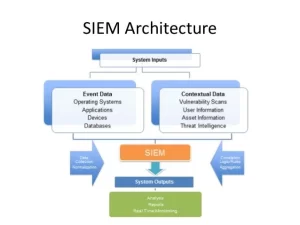Moisture-proof wrapping plays a crucial role in preserving the quality and longevity of products. By preventing water vapor and humidity from affecting packaged goods, businesses ensure the integrity of food, electronics, and other sensitive items. This article delves into the science behind these solutions, their materials, and their applications.
Understanding Moisture and Its Effects on Products
Moisture can deteriorate various types of products. For instance, food items may spoil faster, while electronics can corrode or malfunction. Understanding how moisture impacts materials helps in choosing the right wrapping solution, such as printed mylar bags which are designed to provide superior protection against external elements.
Water vapor exists in the air and seeps through tiny openings in packaging. This process, known as water vapor transmission, is a significant concern for product durability. Excess moisture accelerates oxidation in metals, reduces the shelf life of food, and weakens paper-based packaging.
To counter these effects, moisture-proof wraps act as a barrier. These wraps limit the passage of water molecules, maintaining a stable internal environment. This is essential for preserving taste, texture, and functionality in products that are sensitive to humidity.
Advanced technologies like vapor-deposited coatings and polymer layers enhance the barrier properties of moisture-resistant wraps. These innovations prevent even microscopic moisture from breaching the protective layer.
Key Materials in Moisture-Proof Wrapping
The effectiveness of moisture-proof solutions depends heavily on the materials used. Certain materials offer superior resistance to water vapor while remaining flexible and lightweight.
- Polyethylene: A common choice due to its durability and affordability. Polyethylene forms a seamless barrier, effectively preventing moisture ingress.
- Aluminum Foil: Used in conjunction with other materials, aluminum foil offers an excellent barrier to both moisture and oxygen.
- Polypropylene Films: Known for their clarity and strength, these films balance moisture resistance with transparency for visual appeal.
- Mylar Films: Comprising polyester layers, Mylar ensures a high level of moisture and chemical resistance, making it ideal for delicate items.
These materials are often combined in multi-layer structures to create specialized wraps for different industries. For example, food-grade wraps use polyethylene for moisture resistance and aluminum foil for oxygen protection.
The Role of Technology in Enhancing Wrapping Solutions
Modern technology has revolutionized the development of moisture-proof wrapping solutions. Advanced manufacturing techniques and materials science have paved the way for highly efficient and sustainable wraps.
One breakthrough involves nano-coatings. These ultra-thin layers are applied to custom packaging materials to enhance their barrier properties without adding bulk. Nano-coatings ensure better resistance to moisture and chemical interactions, making them ideal for medical and electronic products.
Another innovation is active packaging. This technology integrates desiccants into the wrapping, absorbing excess moisture within the package. Active packaging is particularly useful for pharmaceuticals and electronics that require ultra-dry conditions.
Smart packaging technologies also contribute to improved moisture resistance. For instance, some wraps change color when exposed to high humidity, serving as an indicator for compromised conditions.
Applications of Moisture-Proof Wrapping in Industries
Moisture-proof wrapping finds applications across diverse sectors, ensuring product safety and longevity. Here’s how various industries benefit:
Food and Beverages
- Prevents spoilage and extends shelf life.
- Maintains flavor, texture, and nutritional value.
- Protects against freezer burn in frozen goods.
Electronics
- Shields sensitive components from humidity-induced corrosion.
- Enhances durability during transportation and storage.
Pharmaceuticals
- Preserves efficacy by protecting medicines from moisture degradation.
- Ensures sterility of medical supplies.
Cosmetics
- Prevents contamination and maintains consistency in creams and powders.
- Protects packaging aesthetics from water damage.
The ability to customize these wraps for specific industry needs highlights their versatility and importance.
Advantages of Moisture-Proof Wrapping
Moisture-proof wrapping offers a range of benefits that make it an essential choice for product packaging:
- Enhanced Durability: Protects goods from external environmental factors, including humidity and temperature fluctuations.
- Cost Efficiency: Reduces waste caused by spoilage or damage, ensuring long-term savings.
- Eco-Friendliness: Newer materials offer sustainable options like recyclable films and biodegradable wraps.
The benefits extend to both businesses and consumers, ensuring high-quality products and reduced environmental impact.
Types of Moisture-Proof Packaging Solutions
The market offers several types of moisture-proof wraps designed to meet varying needs. Here are some popular solutions:
- Flexible Packaging: Includes films, pouches, and bags used for lightweight products.
- Rigid Containers: Made with moisture-resistant coatings for fragile or bulk goods.
- Composite Packaging: Combines multiple materials to create a balanced barrier against moisture and air.
Choosing the right type depends on the product’s sensitivity and intended use.
Environmental Impacts and Sustainable Alternatives
Sustainability is a growing concern in packaging industries. Traditional materials like plastic contribute to environmental pollution, prompting the search for eco-friendly alternatives.
Biodegradable wraps, such as those made from plant-based polymers, offer excellent moisture resistance while decomposing naturally over time. These wraps reduce the reliance on petroleum-based plastics.
Recyclable materials, including certain types of polyethylene and Mylar films, help minimize waste. By encouraging recycling initiatives, businesses can reduce their ecological footprint without compromising on performance.
Incorporating sustainable practices in moisture-proof packaging not only benefits the planet but also aligns with consumer demands for greener solutions.
Future Trends in Moisture-Proof Wrapping
The future of moisture-proof wrapping lies in innovation and sustainability. Researchers are exploring advanced materials like graphene and bio-based polymers to enhance barrier properties while minimizing environmental impact.
Smart packaging technologies, such as humidity sensors and self-healing wraps, promise to revolutionize the industry. These innovations not only improve product protection but also provide real-time data on packaging conditions.
As consumer awareness grows, the demand for sustainable, high-performance packaging will continue to rise. Companies that invest in research and development for eco-friendly moisture-proof solutions will likely lead the market in the coming years.
Conclusion
Moisture-proof wrapping solutions are vital in safeguarding products from humidity and water damage. With advances in material science and technology, these wraps now offer enhanced protection, sustainability, and versatility. By understanding the science behind these solutions, businesses can make informed choices to meet their specific needs while contributing to a greener future.






